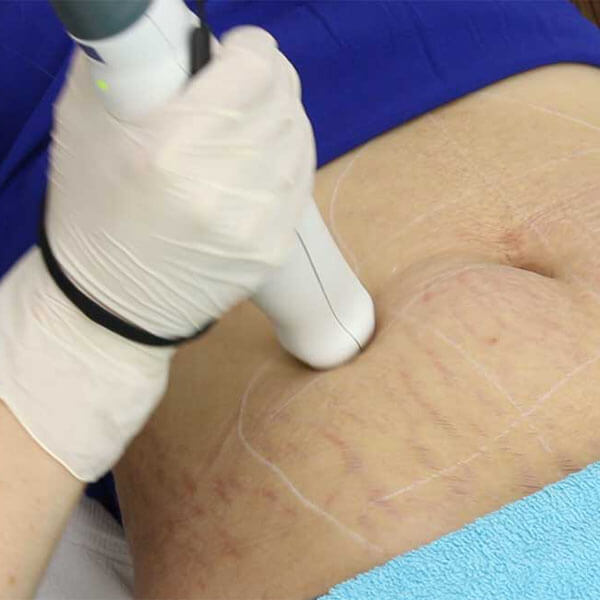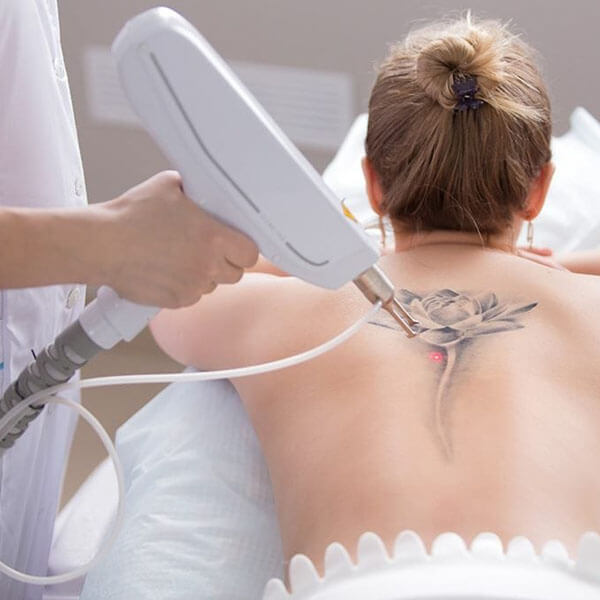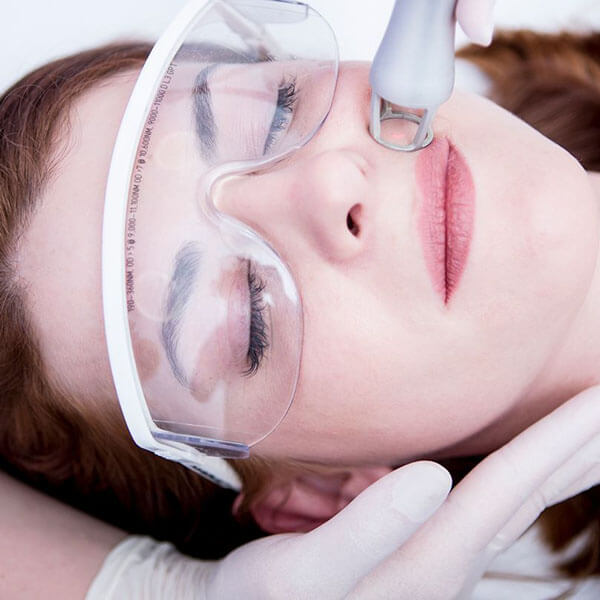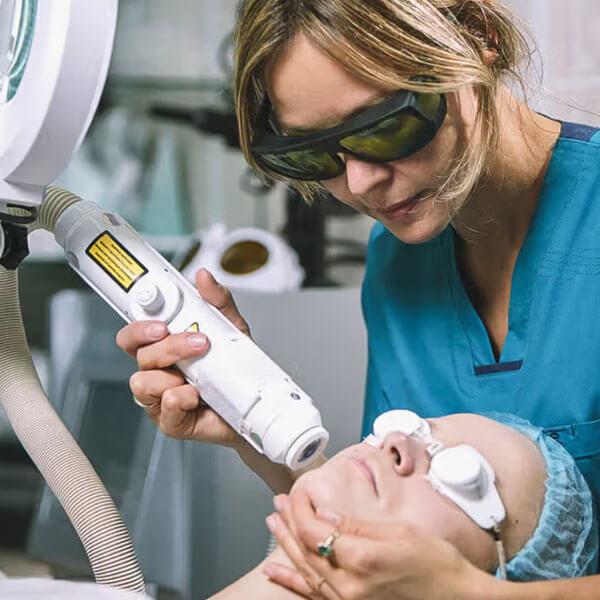**1. How does laser tattoo removal work?**
– Laser tattoo removal works by delivering high-intensity laser light to the tattooed area. The laser light breaks down the ink particles into smaller fragments, making it easier for the body’s immune system to remove them gradually.
**2. Is laser tattoo removal effective for all colors?**
– The effectiveness of laser tattoo removal can vary based on the colors used in the tattoo. Some colors, like black and dark blue, respond well to laser treatment, while others, such as light blue, green, and yellow, may be more challenging to remove.
**3. How many sessions are typically needed for complete removal?**
– The number of sessions needed depends on various factors, including the size, color, and age of the tattoo, as well as the individual’s skin type. Multiple sessions, often spaced several weeks apart, are usually required for complete removal.
**4. Does laser tattoo removal hurt?**
– The procedure can cause some discomfort, often described as a sensation similar to rubber bands snapping against the skin. Most laser systems include cooling mechanisms to minimize discomfort, and topical anesthesia may be applied to numb the area.
**5. What is the downtime after laser tattoo removal?**
– There is typically minimal downtime after laser tattoo removal. Patients may experience redness, swelling, and mild blistering, but these effects are usually temporary. Healing time varies from person to person.
**6. Can all types of tattoos be removed with lasers?**
– While laser tattoo removal is effective for many tattoos, complete removal may not always be possible. Factors such as tattoo size, ink colors, and skin type can impact the outcome. Consultation with a qualified professional can provide more specific information based on individual circumstances.
**7. Are there any risks or side effects?**
– Common side effects include redness, swelling, blistering, and temporary changes in skin pigmentation. In rare cases, scarring or infection may occur. It’s crucial to follow post-treatment care instructions to minimize risks.
**8. How long does it take to see results?**
– Visible results may not be immediate. The body takes time to eliminate the fragmented ink particles. Improvement is often seen over the course of several weeks to months, with multiple sessions contributing to the overall effect.
**9. Can laser tattoo removal be done on all skin types?**
– Laser tattoo removal can be performed on various skin types, but the effectiveness and risks may vary. Certain lasers are better suited for specific skin types, and a qualified professional will tailor the treatment to individual needs.
**10. Can you re-tattoo over a previously treated area?**
– It’s generally advisable to wait until the skin has fully healed after laser tattoo removal before considering re-tattooing the same area. The treated skin may be more sensitive, and the success of re-tattooing depends on the extent of removal and healing.














